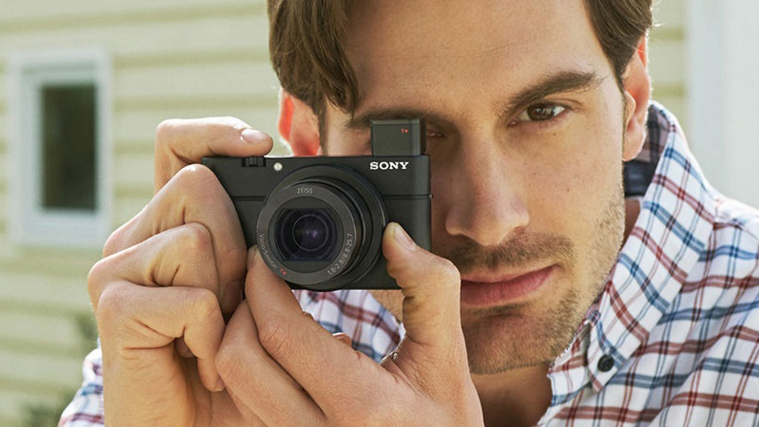Why you can trust TechRadar
This is a test of the camera's noise levels. The higher the signal to noise ratio, the greater the difference in strength between the real image data and random background noise, so the 'cleaner' the image will look. The higher the signal to noise ratio, the better.
Sony RX100 IV signal to noise ratio charts

JPEG signal to noise ratio analysis: The figures are so close here that you almost suspect camera makers are aiming for broadly the same levels of 'acceptable' noise in JPEG images.

Raw (converted to TIFF) signal to noise ratio analysis: Again, the Raw files tell a very different story. The Panasonic LX100 is the clear winner here, benefitting from its larger sensor and relatively low pixel count. The Canon G7 X is next, leaving the Sony RX100 IV trailing in third place, not far ahead of the Fuji X30. This means that the Sony's raw files are inherently a little noisier than those of the Panasonic and Canon cameras.
Sample Sony RX100 IV ISO test results
The signal to noise ratio charts use laboratory test equipment, but we also shoot a real-world scene to get a visual indication of the camera's noise levels across the ISO range. The right side of the scene is darkened deliberately because this makes noise more obvious.

ISO 200: Click here for a full-size version.

ISO 6400: Click here for a full-size version.
Amy has been writing about cameras, photography and associated tech since 2009. Amy was once part of the photography testing team for Future Publishing working across TechRadar, Digital Camera, PhotoPlus, N Photo and Photography Week. For her photography, she has won awards and has been exhibited. She often partakes in unusual projects - including one intense year where she used a different camera every single day. Amy is currently the Features Editor at Amateur Photographer magazine, and in her increasingly little spare time works across a number of high-profile publications including Wired, Stuff, Digital Camera World, Expert Reviews, and just a little off-tangent, PetsRadar.

